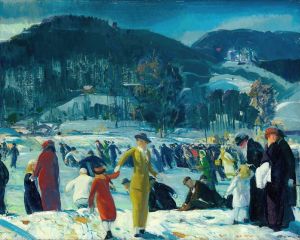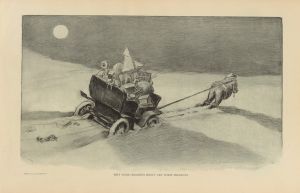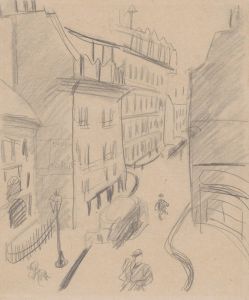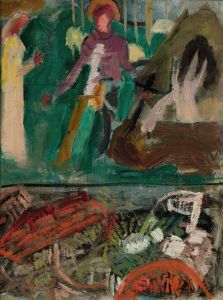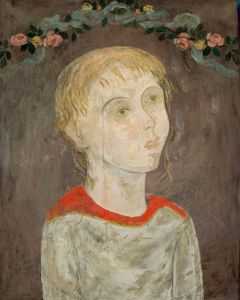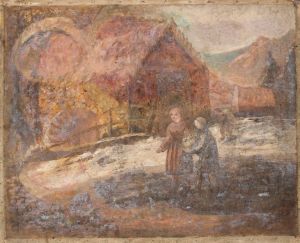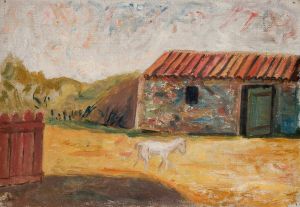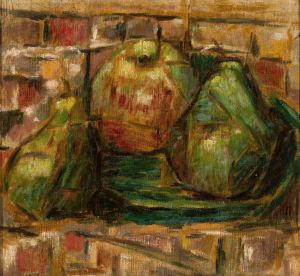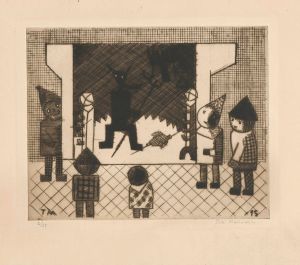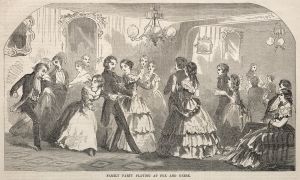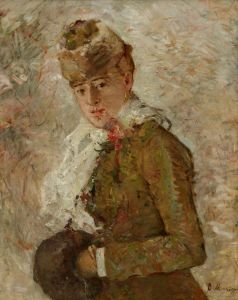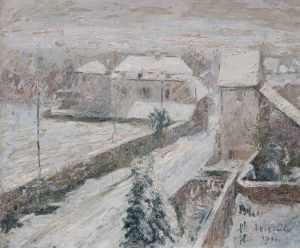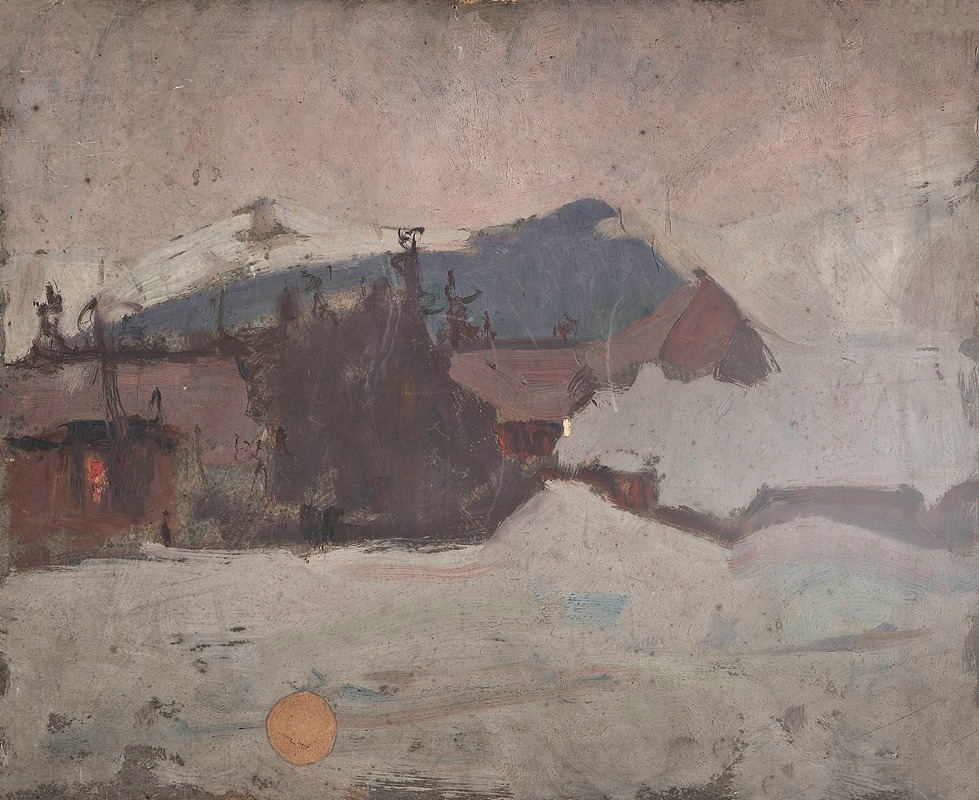
Winter landscape
A hand-painted replica of Tadeusz Makowski’s masterpiece Winter landscape, meticulously crafted by professional artists to capture the true essence of the original. Each piece is created with museum-quality canvas and rare mineral pigments, carefully painted by experienced artists with delicate brushstrokes and rich, layered colors to perfectly recreate the texture of the original artwork. Unlike machine-printed reproductions, this hand-painted version brings the painting to life, infused with the artist’s emotions and skill in every stroke. Whether for personal collection or home decoration, it instantly elevates the artistic atmosphere of any space.
Tadeusz Makowski was a Polish painter known for his unique style that combined elements of Post-Impressionism and Cubism. Born in 1882 in Oświęcim, Poland, Makowski initially studied classical philology at the Jagiellonian University in Kraków before turning to art. He later attended the Academy of Fine Arts in Kraków, where he studied under prominent Polish artists such as Józef Mehoffer and Jan Stanisławski. In 1908, Makowski moved to Paris, where he became part of the vibrant artistic community and was influenced by the avant-garde movements of the time.
"Winter Landscape" is one of Makowski's notable works, reflecting his distinctive approach to landscape painting. Although specific details about this particular painting are scarce, Makowski's landscapes typically feature a blend of realism and abstraction, characterized by simplified forms and a muted color palette. His work often captures the essence of rural and small-town life, infused with a sense of nostalgia and simplicity.
Makowski's style evolved significantly during his time in Paris. Initially influenced by the Impressionists, he later embraced Cubism, which is evident in the geometric simplification and structural composition of his works. However, unlike many of his contemporaries, Makowski maintained a strong connection to figurative art, often incorporating human figures and elements of folk art into his paintings.
In "Winter Landscape," Makowski likely employed his characteristic technique of using soft, diffused light and subtle tonal variations to convey the quiet beauty of a winter scene. His landscapes often evoke a sense of calm and introspection, inviting viewers to contemplate the serene and timeless qualities of nature. The painting's composition would typically be balanced, with an emphasis on harmony and rhythm, reflecting Makowski's keen understanding of form and structure.
Throughout his career, Makowski remained deeply connected to his Polish roots, and his work often reflects the cultural and artistic traditions of his homeland. Despite spending much of his life in France, he frequently returned to Poland and maintained strong ties with the Polish art community. His paintings are celebrated for their poetic quality and emotional depth, capturing the universal themes of childhood, innocence, and the passage of time.
Makowski's contribution to art extends beyond his paintings; he was also a respected teacher and mentor to younger artists. His work has been exhibited in numerous galleries and museums, both in Poland and internationally, and continues to be appreciated for its unique blend of modernist innovation and traditional sensibility.
"Winter Landscape" exemplifies Tadeusz Makowski's ability to transcend the boundaries of conventional landscape painting, offering viewers a glimpse into a world where simplicity and complexity coexist harmoniously. His legacy endures as a testament to his artistic vision and his ability to capture the quiet beauty of the world around him.





